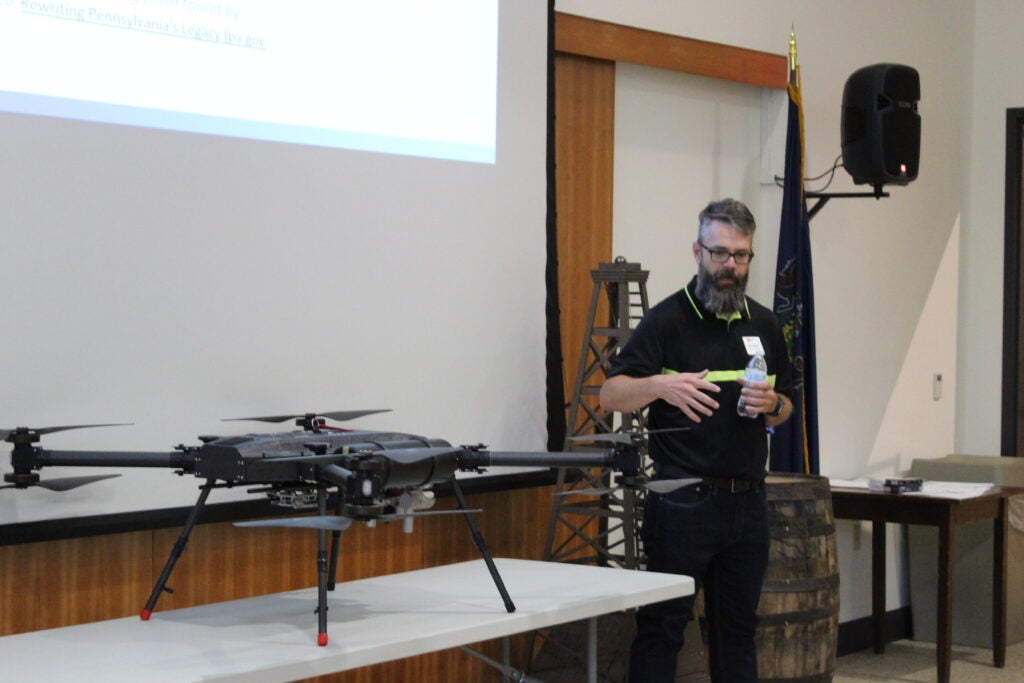Flying over Pennsylvania in search of orphan wells: building momentum to solve a global problem
There are at least a million dead and forgotten oil and natural gas wells dotting the American landscape, many leaking methane and other toxic chemicals into the air and water, long after their productive days are over. In Pennsylvania alone, there are an estimated 300,000 to 700,000 — and estimated is the key word. The fact is, nobody knows. But we do know that thousands of landowners have these ownerless orphan wells on their property, often without knowing it. The first step to solving a problem like this is to locate it. So EDF, together with the Pennsylvania Department of Environmental Protection, the Department of Energy, McGill University and Moms Clean Air Force has launched a project to locate and address hidden orphan wells in western Pennsylvania. Drone-mounted magnetometers and advanced methane detection technologies will be honing in on forgotten orphan wells in the area starting in October and November.
In the state where the American oil and gas industry was born and saw a century of unregulated drilling, there will be plenty of undocumented wells to discover. EDF’s drones are agents for change on a mission to locate and protect against threats to the American public. These threats include methane leaks, groundwater contamination and explosion risks. It’s a high-stakes assignment, with the health and safety of countless residents at risk, many of whom have no knowledge of — and certainly no means to deal with — the enemy lurking in their backyard.
Flying over Pennsylvania in search of orphan wells: building momentum to solve a global problem Share on XFinding the problem wells is the first step to addressing the growing problem. Fixing it requires funds, and lots of them.
Fortunately, around 10,000 orphan wells have already been plugged in the past two years thanks to new federal funding, and thousands more with state funding. We now have over $4 billion in federal funds available to continue this effort. Although this is a great place to start, there is a huge backlog of orphan wells scattered across the U.S., and more are being added to the list daily.
With an average cost of $50,000 to $75,000 per well to plug, available funds can only scratch the surface of the existing orphan well problem. And in the absence of policy reform, the million active wells across the U.S. are also at risk of being of becoming orphaned — as the clean energy transition accelerates, we need to make sure industry puts resources toward meeting their legal obligations to plug and remediate their end-of-life wells so the burden does not fall on the public.
Allowing the orphan wells problem to grow and fester is an injustice to those who live nearby. Alongside public health and environmental impacts, unplugged wells also hinder subsurface use for cleaner energy and leave jobs on the table, plain and simple. The skirting of the law that allows hundreds to thousands of orphan wells to join the roster yearly is a disservice to the American public that now has to take responsibility for plugging them.
EDF is creating a model of what can be done with collaboration to speed up this work nationwide and beyond. Rather than relying on documentation of previously idled wells and guessing at the location of undocumented ones, we now have the opportunity to use cutting-edge technology and engage with local landowners to participate in the solution.












